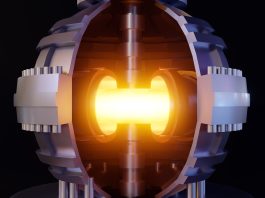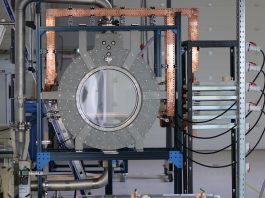Nuclear fusion power, often considered the ‘holy grail’ of clean energy, has seen unprecedented growth in innovation, evidenced by a continued rise in patent filings, according to the latest data from intellectual property firm Appleyard Lees.
The recent Inside Green Innovation: Progress Report highlights that patent applications for nuclear fusion technology rose from 165 filings in 2021 to 167 in 2022, marking a nearly 50% increase from previous years.
Fusion energy development, primarily focused on harnessing sustainable, low-waste power through the merging of atomic nuclei, continues to attract substantial investment.
According to the Fusion Industry Association, over $7.1bn has been invested in fusion startups, with around $900m infused just in the past year. This surge in funding is fuelling a wave of new research and technological breakthroughs in the field.
New technological approaches to fusion power
Recent patent trends show that innovators are exploring alternative paths to achieve controlled nuclear fusion.
Many recent filings focus on plasma generation methods, including particle beam techniques and advanced electrical discharge technologies.
Companies are also making strides in magnet technology, which is essential for maintaining the extreme temperatures required for nuclear fusion power.
Tokamak Energy, a leading UK-based company in fusion research, recently launched a new business division dedicated to magnet technology, solidifying its position as a key player in the fusion space.
Another significant contributor is the UK Atomic Energy Authority, which is actively involved in patenting groundbreaking fusion technologies.
The US leads fusion innovation, while fission declines
While Asian countries once dominated nuclear fusion innovation, the United States is now at the forefront, with a variety of smaller companies driving new developments.
Unlike in fission technology, no single US organisation has emerged as the leader, but collectively, these companies are increasing the US share in fusion patent filings.
Meanwhile, nuclear fission, the technology that powers today’s nuclear reactors, has seen a sharp decline in patent activity.
Filings are at a 60-year low, primarily due to a focus on safety features rather than groundbreaking advancements.
In Asia, companies such as Korea Hydro & Nuclear Power Co. and Hitachi GE Nuclear Energy remain active in fission patents, emphasising emergency cooling, monitoring, and safety mechanisms.
Fusion power’s future looks bright
The continued rise in patent filings, coupled with substantial funding, suggests a promising future for nuclear fusion power as an emerging clean energy source.
With a global shift towards sustainable energy, fusion technology could play a key role in addressing the world’s long-term energy needs.









